Remove AI Metadata: Protect Your AI-Generated Creative Work
The rise of AI image generation tools has unleashed a new wave of creativity, empowering artists and designers to produce stunning creative work. However, this new frontier brings new challenges, particularly concerning AI-generated metadata. Unlike traditional photos, AI images can contain unique data about their creation, raising questions about copyright protection, AI image privacy, and AI ethics. Can AI-generated images be copyrighted and how does metadata play a role? This guide will explore what AI-generated metadata is, its implications, and how you can manage it to protect your creations. While specific AI metadata tools are emerging, understanding the principles of metadata removal is a critical first step, which can be explored with tools like this online image metadata cleaner.
What is AI-Generated Metadata? Beyond Traditional EXIF
While traditional photos contain EXIF data (camera settings, location), AI-generated metadata is different. It's information embedded or associated with an image that details its artificial origin.
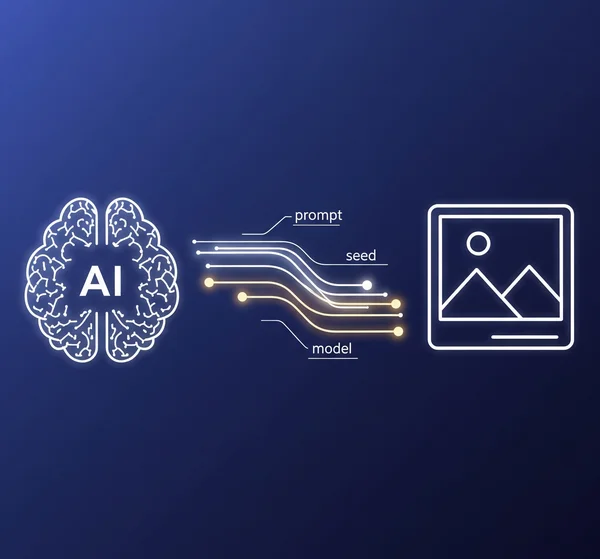
Defining AI-Generated Metadata: Prompts, Seeds, Model Info
This type of metadata can include:
- Text Prompts: The exact text query used to generate the image.
- Model Information: The specific AI model and version used (e.g., Stable Diffusion v1.5, DALL-E 2).
- Generation Parameters: Technical details like seed numbers, CFG scale, and sampler steps.
- Creator Information: Potentially, a user ID or account associated with the creation.
How It Differs from Camera-Generated EXIF Data
The key difference is origin. EXIF data documents a real-world event captured by a physical device. AI-generated metadata documents a digital creation process originating from a prompt and a software model. This distinction is crucial for content authenticity.
The Purpose: Traceability, Attribution, or Platform Tracking?
AI metadata can be used for traceability (to prove an image is AI-generated), to aid attribution for the prompt creator, or simply for the platform to track and categorize generated content.
The Rise of Content Authenticity: C2PA and Digital Provenance
A major development in this space is the C2PA (Coalition for Content Provenance and Authenticity) standard. This open standard is being adopted by major tech companies to combat misinformation and deepfakes.
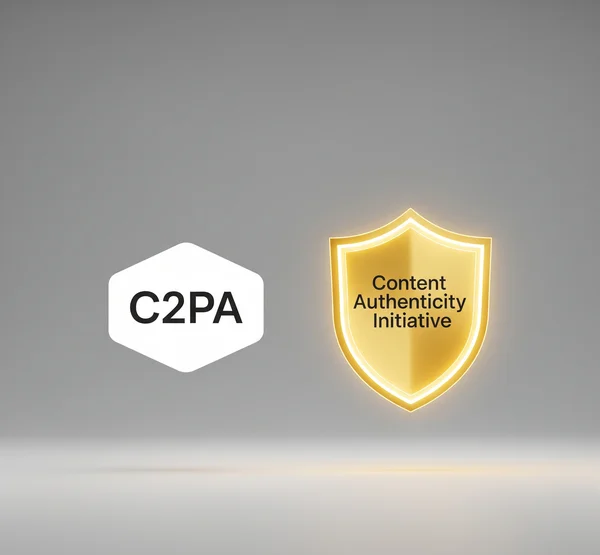
Understanding the Content Authenticity Initiative (C2PA) Standard
The Content Authenticity Initiative aims to create a verifiable trail for digital content. For AI images, this means embedding tamper-evident metadata that shows the image was created by an AI, which tool was used, and if any subsequent edits were made.
How C2PA Aims to Embed Tamper-Evident Metadata
C2PA works by cryptographically signing metadata and attaching it to the image file. This creates a "digital nutrition label" that can be verified by compatible software or online tools, establishing digital provenance.
Benefits of Digital Provenance for Creators and Consumers
For creators, digital provenance can help in asserting creation history. For consumers, it provides a layer of trust by helping them distinguish between authentic and synthetic media, which is a key aspect of AI ethics.
Why AI Metadata Matters: Copyright, Attribution, and Misuse Risks
Managing AI-generated metadata is crucial for several reasons impacting your creative work.
AI Metadata and Its Role in Copyright Protection Claims
While the legal landscape for AI copyright protection is still evolving, having metadata that links you and your unique prompt to a creation can be valuable supporting evidence in asserting your role in the creative process.
Ensuring Proper Attribution for AI-Assisted Creative Work
If you want credit for your complex prompts or unique artistic style developed through AI, embedded metadata can serve as a form of attribution, linking the final image back to your creative input.
Risks: Deepfakes, Misrepresentation, and AI Ethics Concerns
Conversely, if your AI-generated images are used maliciously (e.g., for deepfakes or misinformation), a lack of provenance metadata can make it harder to debunk them. This is a central concern in AI ethics.
Identifying AI-Generated Metadata: Tools and Techniques
Before you can manage AI-generated metadata, you need to know if it's there. How can you identify AI metadata?
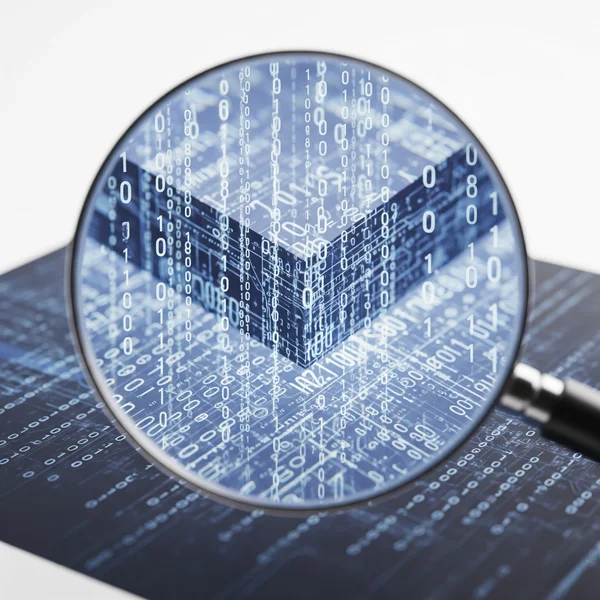
Checking File Properties and Embedded Data Streams
Sometimes, basic metadata (like software name) can be viewed in your operating system's file properties. However, more complex data like C2PA manifests is often not visible here.
Using Online Metadata Viewers: What Can They See?
Many online metadata viewers can show standard EXIF and IPTC data but may not yet be equipped to parse and display specific C2PA or proprietary AI-generated metadata. The field of tools for this is rapidly developing.
Specialized Tools for Detecting AI Signatures
Some platforms are developing specific tools or online verifiers designed to read C2PA data and confirm an image's content authenticity. These will become more common as the standard is more widely adopted.
Current AI Generation Tools: What Metadata Do They Embed?
Different AI generation tools have different approaches to metadata.
Examining Output from Midjourney: Known Metadata Practices
Historically, Midjourney has been known to embed less identifiable metadata directly into the image files themselves, with much of the creation data tied to your Discord account. This can change, so always check recent outputs.
DALL-E and Stable Diffusion: What Information is Included?
Tools based on Stable Diffusion often embed generation parameters in the image's metadata, which can be read by other Stable Diffusion interfaces. DALL-E's approach may also evolve, especially with its integration into larger ecosystems.
Platform-Specific Identifiers vs. Standardized Metadata
Many platforms embed their own internal tracking IDs rather than open standards like C2PA. This helps them but offers less interoperability and transparency for users.
The Debate: To Keep or Remove AI-Specific Metadata? Pros and Cons
The question of whether to remove AI metadata is complex and involves weighing the pros and cons.
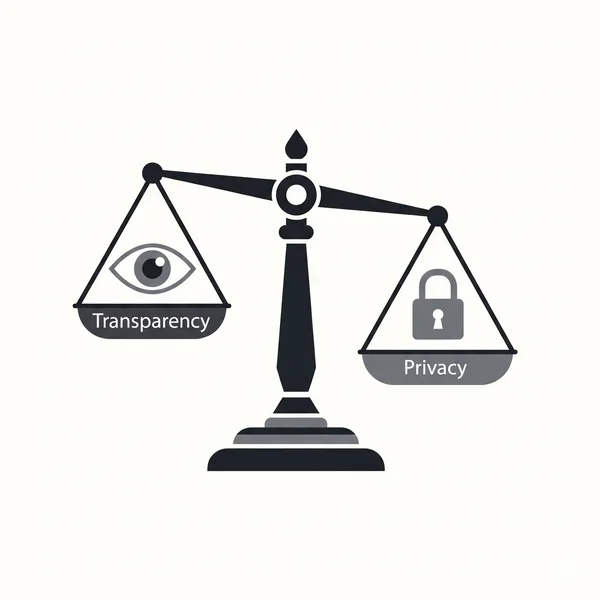
Arguments for Keeping AI Metadata (Transparency, Authenticity)
Keeping AI-generated metadata, especially C2PA data, promotes transparency and helps combat misinformation. It provides clear digital provenance, which can build trust with your audience.
Arguments for Removing AI Metadata (Privacy, Preventing Misuse, Artistic Control)
Reasons to remove AI metadata include:
- AI image privacy: You may not want your username, prompts, or the specific tool you used to be public.
- Artistic Control: You may wish for your art to be judged on its own merit, without the "AI" label influencing perception.
- Preventing Misuse: Preventing others from easily copying your detailed prompts or generation parameters.
Navigating the AI Ethics of Metadata Alteration
Altering or removing authenticity-focused metadata raises AI ethics questions. If you remove C2PA data, are you potentially making it easier for your work to be passed off as non-AI? This is a critical consideration for creators.
How to Remove or Manage AI-Generated Metadata: Practical Steps
If you decide that metadata removal is necessary for your creative work, here are some practical approaches.
Using General Metadata Remover Tools: Limitations and Effectiveness
General metadata remover tools are excellent at stripping standard EXIF and IPTC data. They may or may not be effective against newer, specific AI-generated metadata or signed C2PA data blocks. However, for cleaning basic metadata from an AI-generated image (like software tags added on export), they are very useful. You can explore how these work with an online image file cleaner.
Screenshotting or Re-Saving: A Simple but Imperfect Method
Taking a screenshot of your image or re-saving it through a simple editor (like MS Paint) is a common way to strip most metadata. However, this often results in a loss of image quality and does not guarantee removal of all potential artifacts or digital watermarks.
Exploring Emerging Tools for C2PA or Specific AI Metadata Removal
The market for specialized tools that can specifically parse and remove AI metadata (like C2PA data) is still emerging. As these standards become more common, dedicated tools will likely become available.
Manual Editing (Where Possible and Understood)
For some metadata types (like text embedded in PNG chunks), advanced users with hex editors or specialized software may be able to manually edit or remove it, but this is a highly technical and risky process.
Protecting Your AI Art: Beyond Metadata Removal
AI art protection involves more than just metadata.
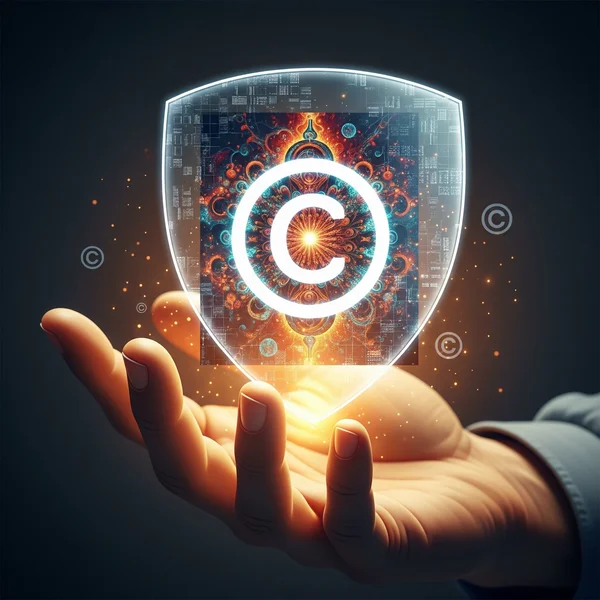
Digital Watermarking Techniques for AI Art Protection
Consider adding a visible or invisible digital watermark to your images to assert ownership or authorship.
Registering Copyright for AI-Assisted Works (Where Applicable)
Investigate the copyright registration process in your country for AI-assisted works. The law is evolving, but registration can provide significant advantages for copyright protection.
Clear Licensing and Usage Terms for Your Creations
When you publish your creative work, provide clear licensing terms (e.g., Creative Commons licenses) to define how others can or cannot use it.
Navigating AI's Future: Empowering Creators with Metadata Control
The landscape of AI-generated metadata is a new and dynamic frontier for every creator. It presents a double-edged sword: offering a path to content authenticity and attribution while also posing new risks to AI image privacy and artistic control. Understanding what this metadata is, how to identify AI metadata, and the implications of keeping or removing it is crucial.
Empowering yourself with metadata control is key to navigating the future of digital art. This means consciously deciding your goals for each piece of creative work and using the appropriate methods—whether it's preserving C2PA data for transparency or performing metadata removal for privacy. How do you currently manage metadata for your AI-generated art? What are your biggest concerns? Share your thoughts in the comments, and for your general image privacy needs, consider starting with a reliable metadata removal solution.
Your Questions on AI-Generated Image Metadata Answered
Here are some frequently asked questions about AI-generated metadata:
Can AI-generated images be copyrighted if metadata is removed?
Copyrightability of AI-generated images is a complex and evolving legal issue that depends on the level of human authorship involved. Metadata removal itself does not grant or revoke copyright. However, having metadata that documents your creative process (like a unique, detailed prompt) could potentially serve as supporting evidence in a copyright claim.
How does C2PA metadata differ from standard EXIF metadata?
Standard EXIF data describes how a photo was taken (camera, settings). C2PA metadata describes the history and origin of a digital asset (who created it, what tools were used, what edits were made). C2PA is also designed to be tamper-evident and cryptographically signed for higher content authenticity.
Are there specific tools designed only for removing AI/C2PA metadata?
This is an emerging area. While most general metadata remover tools focus on EXIF/IPTC, specialized tools designed to specifically interact with or remove AI metadata like C2PA are not yet widely available but are expected to develop as the standard becomes more common.
If I remove AI metadata, can my image still be identified as AI-generated?
Yes, most likely. Even without metadata, many AI-generated images have subtle visual artifacts or stylistic patterns that AI detection algorithms can identify. Metadata removal primarily addresses the embedded data trail, not the inherent visual characteristics of the image itself.
What are the ethical considerations of removing AI-generated metadata meant for authenticity?
This is a key question in AI ethics. Removing authenticity metadata (like C2PA) could be seen as obscuring the origin of your work, potentially making it easier for it to be misused or passed off as something it's not (e.g., a real photograph). Creators must balance their desire for privacy or artistic control against the broader societal benefit of transparency in combating deepfakes and misinformation.